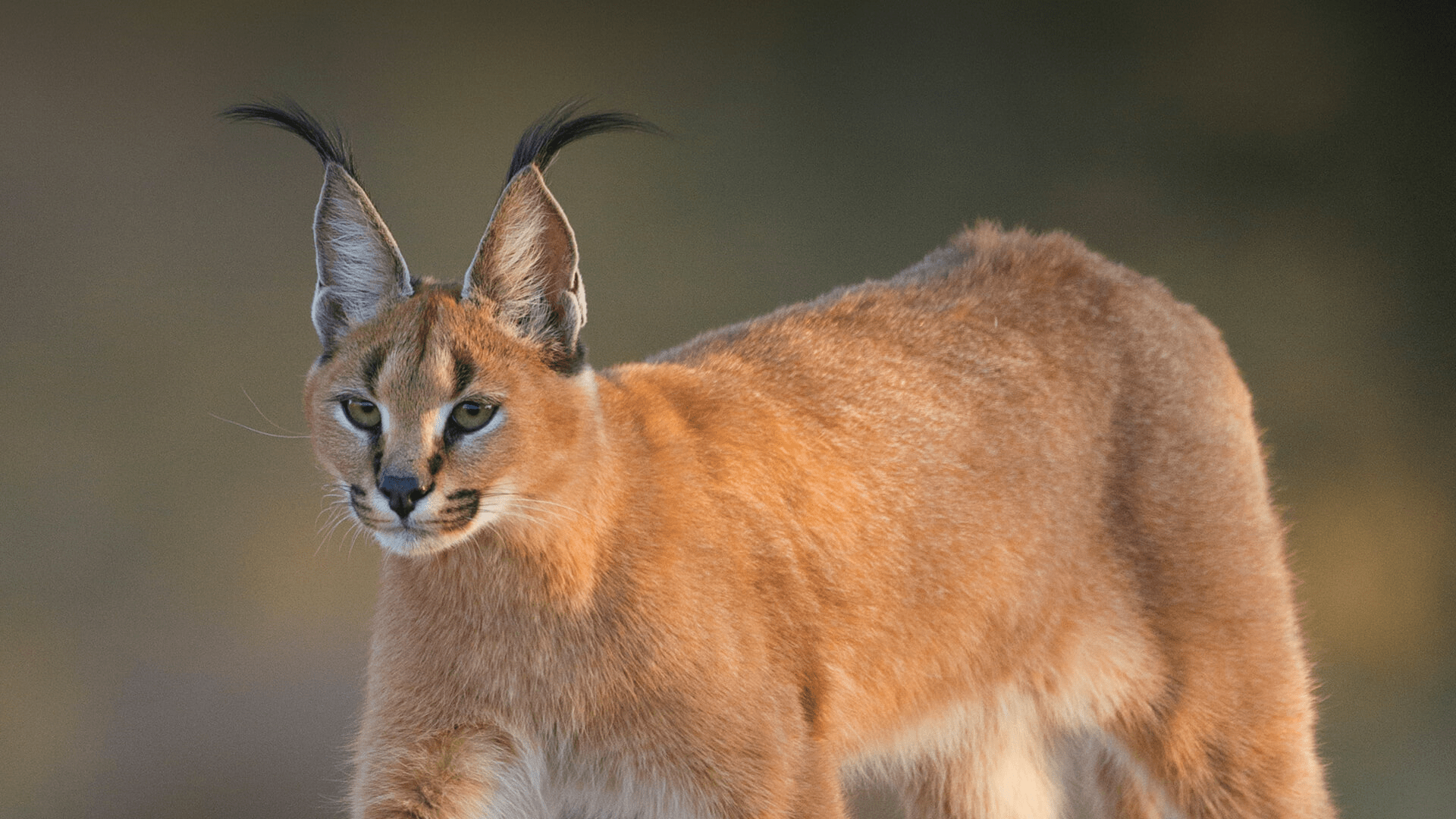UPSC Articles
Government approves advisory for management of Human-Wildlife Conflict across the country
Part of: GS Prelims and GS-III – Environment
In news
- The Standing Committee of National Board of Wildlife (SC-NBWL) has approved the advisory for management of Human-Wildlife Conflict (HWC) in the country.
- The advisory makes important prescriptions for the States/ Union Territories for dealing with Human-Wildlife conflict situations and seeks expedited inter-departmental coordinated and effective actions.
Key measures approved
- Empowering gram panchayats in dealing with the problematic wild animals as per the section 11 (1) (b) of Wildlife (Protection) Act, 1972.
- Utilising add-on coverage under the Pradhan Mantri Fasal Bima Yojna for crop compensation against crop damage due to HWC.
- Augmenting fodder and water sources within the forest areas.
- Payment of a portion of ex-gratia as interim relief within 24 hours of the incident to the victim/family.
- Prescribing inter-departmental committees at local/state level.
- Adoption of early warning systems
- Creation of barriers
- Dedicated circle wise Control Rooms with toll free hotline numbers which could be operated on 24X7 basis.
- Identification of hotspots and formulation and implementation of special plans for improved stall-fed farm animals etc.
- Inclusion of Caracal, a medium size wild cat found in some parts of Rajasthan and Gujarat, into the list of critically endangered species
Do you know?
- The National Board for Wildlife (NBWL) is constituted by the Central Government under Section 5 A of the Wildlife (Protection) Act, 1972 (WLPA).
- The Standing Committee of NBWL considers proposals after a series of levels of scrutiny and have recommendations of the State Chief Wildlife Warden, State Government and the State Board for Wildlife.
- During the meetings of SC-NBWL, the views of the expert members are taken into consideration before arriving at decisions.
Important value additions
The caracal
- It is a medium-sized wild cat native to Africa, the Middle East, Central Asia, and India.
- It is Typically nocturnal.
- The caracal is highly secretive and difficult to observe.
- It is territorial.
- It lives mainly alone or in pairs.
- The caracal is a carnivore
- Caracals were tamed and used for hunting in ancient Egypt.
- In India, the caracal occurs in Sariska Tiger Reserve and Ranthambhore Tiger Reserve.
- IUCN Red List: Least Concern since 2002
- Threats: Habitat loss due to agricultural expansion, the building of roads and settlements
- CITES status: (1) African caracal populations – Appendix II; (2) Asian populations – Appendix I.















